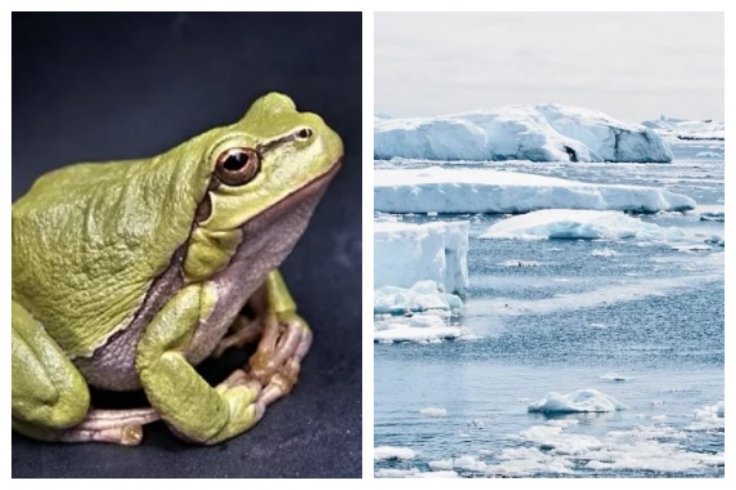
A study conducted on a 40-million-year-old frog fossil has suggested that cold-blooded frogs once lived in Antarctica, which was actually warm at that time.Scientists are making such a discovery for the first time in history, and as of now, the role played by the continent in the evolution of frogs still remains unknown.
Details of the crucial finding
The fossil was actually discovered by Swedish vertebrate paleontologist Dr. Thomas Mörs in 2015, from thousands of samples collected by researchers from 2011 to 2013. Apart from the frog fossil, Mörs also discovered fossilized water lily seeds and shark and ray teeth from the samples collected from Seymour Island, which sits on the Antarctic Peninsula roughly 700 miles south of Tierra Del Fuego on South America.
Experts believe that the frog fossil discovered by the Swedish paleontologist is likely related to a frog species that is currently inhabiting North America.
The study report which is now published in the journal Nature Scientific Reports revealed that Mörs found two frog bones, a skull and a hip bone called the ileum. The fossils resemble very closely to the bones of helmeted frogs that are native to Chile.
"When I was going through samples and I saw this, I said: 'Wow! That's a frog!' I knew nothing like this was known from Antarctica. It's exciting," Mörs told the New York Times.
Discovery of 11 new frog species
A few months back, researchers had discovered 11 new species of rain frogs in the Ecuadorian Andes, which characterized differently based on genetic, morphological, bioacoustic, and ecological features. Interestingly, all of these rain frog species lacked the tadpole stage of development.
The newly discovered amphibians appear to have very restricted geographic ranges, spanning less than 2,500 km, as their habitats usually get destroyed by various factors like cattle, agriculture, and mining.









